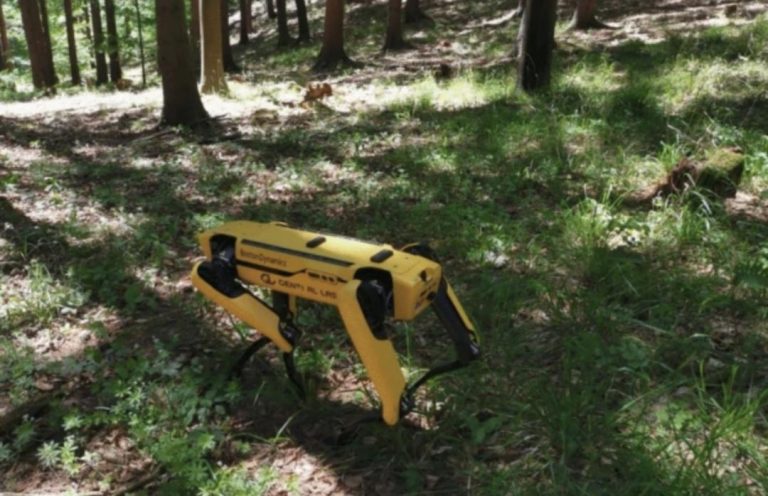
Australia’s Rainforests Releasing More CO2 than They Absorb: Study
The world’s attention has been focused on the importance of preserving and protecting our planet’s rainforests, which have long been recognized as a crucial component in the fight against climate change. These lush ecosystems have traditionally acted as a natural carbon sink, absorbing more carbon dioxide (CO2) than they emit, thereby helping to mitigate the effects of global warming. However, a recent study has revealed a disturbing trend in Australia’s tropical rainforests, which were previously considered a bastion of carbon sequestration. According to the research, these rainforests are now emitting more CO2 than they absorb, marking a significant shift in their role in the global carbon cycle.
The study, which utilized a combination of satellite data and ground monitoring, found that climate extremes, rising tree mortality, and slower regeneration have all contributed to the increased emissions from Australia’s rainforests. The research team observed that drought, heat, and decay are releasing stored carbon into the atmosphere, effectively transforming the forests from a carbon sink to a carbon source. This alarming discovery has significant implications for our understanding of the complex relationships between forests, climate, and the global carbon cycle.
One of the primary drivers of this shift is the increasing frequency and severity of droughts and heatwaves in Australia. As the climate continues to warm, these extreme events are becoming more common, causing widespread tree mortality and disrupting the delicate balance of the forest ecosystem. When trees die, they release the carbon they have stored over their lifetime into the atmosphere, contributing to the growing problem of climate change. Furthermore, the slower regeneration of new trees means that the forest’s ability to absorb CO2 is diminished, allowing more of the greenhouse gas to accumulate in the atmosphere.
The use of satellite data has been instrumental in monitoring the health and productivity of Australia’s rainforests. By analyzing satellite imagery, researchers can track changes in forest cover, vegetation health, and carbon storage over time. This information, combined with ground-based monitoring, provides a comprehensive understanding of the complex processes at play in these ecosystems. The study’s findings highlight the importance of continued investment in satellite technology and ground-based monitoring to ensure that we can accurately track changes in our planet’s ecosystems and respond to emerging threats.
The implications of this study are far-reaching and have significant consequences for our understanding of the global carbon cycle. If other rainforests around the world are experiencing similar shifts, it could mean that the planet’s natural carbon sinks are becoming less effective, allowing more CO2 to accumulate in the atmosphere and exacerbating the problem of climate change. This, in turn, could lead to more frequent and severe heatwaves, droughts, and other extreme weather events, creating a self-reinforcing cycle of climate disruption.
The Australian government and international community must take immediate action to address this issue. This includes implementing policies to protect and restore rainforests, promoting sustainable land-use practices, and supporting research into the complex relationships between forests, climate, and the global carbon cycle. By working together, we can help to preserve the integrity of these critical ecosystems and ensure that they continue to play a vital role in regulating the Earth’s climate.
In conclusion, the study’s findings are a stark reminder of the urgent need to address the climate crisis and protect our planet’s precious rainforests. As the world’s attention turns to the upcoming climate negotiations, it is essential that we prioritize the preservation and restoration of these ecosystems, recognizing their critical role in regulating the global carbon cycle. By taking action to protect Australia’s rainforests and other ecosystems around the world, we can help to mitigate the effects of climate change and create a more sustainable future for generations to come.






